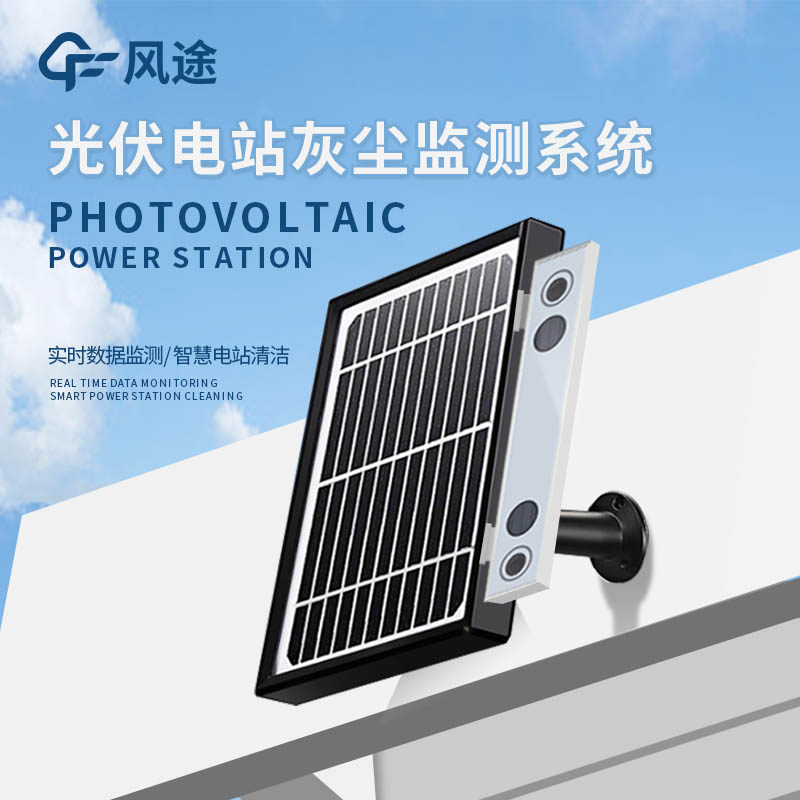Meteorological environment monitoring equipment supplier
Insist on doing high-precision customer favorite technology products
During the long - term operation of photovoltaic power generation systems, the impact of panel dust accumulation is extremely significant. The dust on the surface of the panels has the characteristics of reflecting, scattering, and absorbing solar radiation, which can reduce the transmittance of solar radiation, greatly decrease the amount of solar radiation received by the panels, and lead to a reduction in output power. Nowadays, the cost of dust cleaning accounts for an increasingly large proportion of the operation and maintenance costs of photovoltaic power stations. There is an urgent need for an effective monitoring method to balance power generation efficiency and cleaning costs and effectively improve the revenue of power stations.
The main purpose of detailed and efficient monitoring of pollution conditions is to determine the optimal time for cleaning solar modules to achieve high benefits. In view of this, our company has successfully developed and produced the Photovoltaic module dust. This instrument can directly use industrial standard rules to measure and calculate the loss index caused by dust. In this way, the operation and maintenance personnel of the power station no longer need to rely on experience for visual inspection. With the power output value affected by dust accumulation given by the monitor, they can accurately judge the best time for panel cleaning, thus successfully avoiding the loss of power generation efficiency and the waste of cleaning costs, and effectively improving the revenue of the power station.
The FT - HS1 uses Optical Soiling Measurement (OSM) technology to determine transmission losses. It is equipped with two sensors. The blue - pulsed LEDs and photodiodes inside the sensors are used to measure the intensity of the light reflected back from the top of the glass cover of the FT - HS1 and calculate the pollution rate based on the intensity of the reflected light. By measuring the soiling ratio (SR), it is converted into power generation loss in real - time to help photovoltaic operation and maintenance personnel accurately grasp the time and location of component cleaning.
This method does not rely on a clean reference surface or sunlight, which means that the FT - HS1 can work together with other solar panels and can operate during the day or at night. Therefore, the FT - HS1 can be placed in multiple positions in the array. Its cost is lower than that of a small number of clean reference panels, and it can obtain data from more positions by improving monitoring accuracy.
